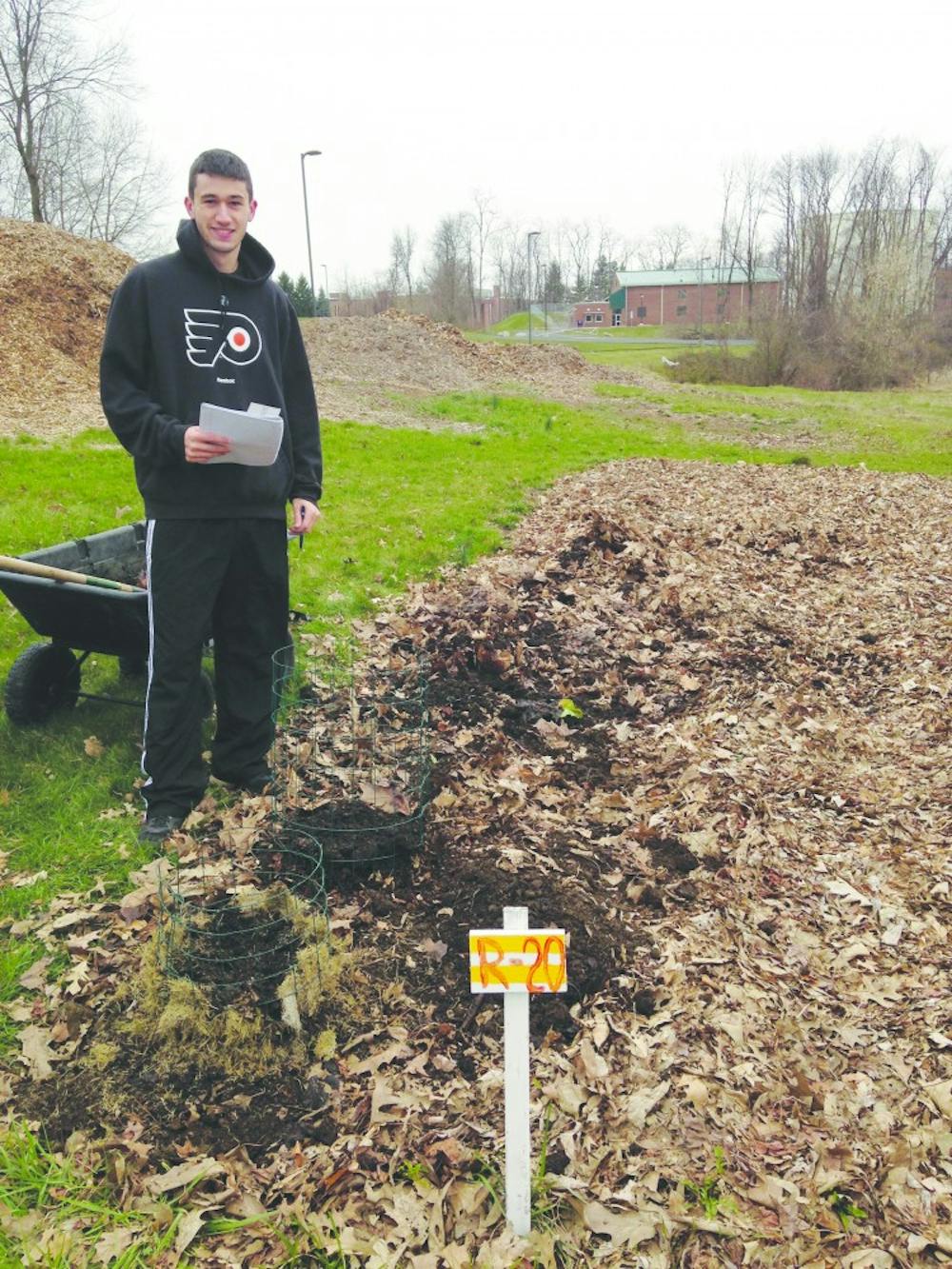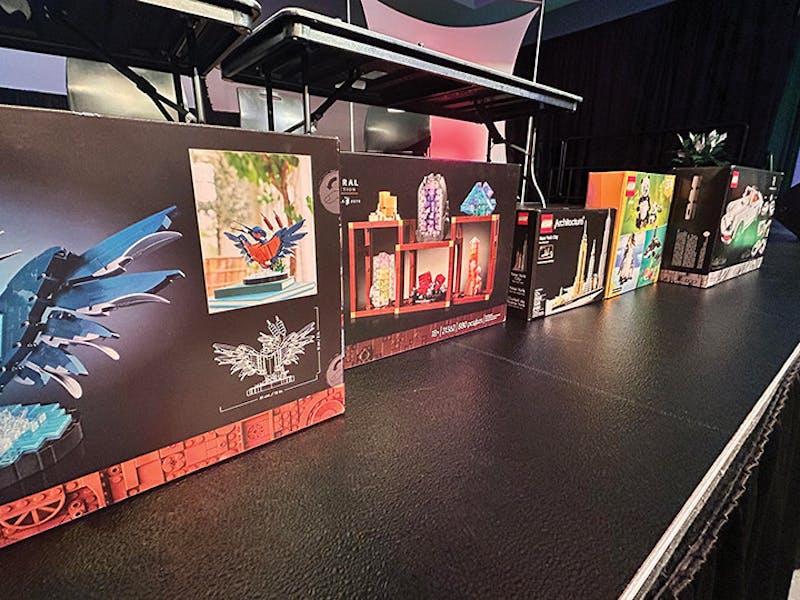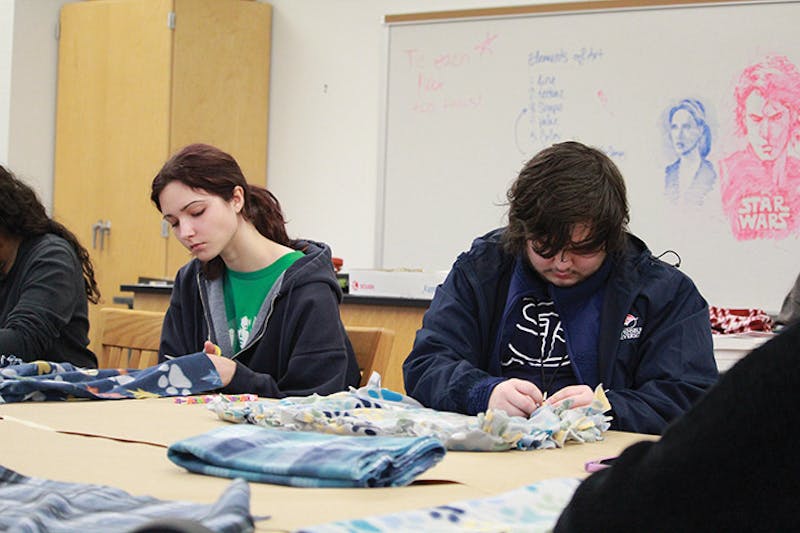Since the spring of 2015, undergraduate student Aaron Einstein has been actively involved with the environment.
This includes working on the campus farm and being a member of the Shippensburg University SEAS, which stands for Students for Environmental Action and Sustainability. Einstein is a geoenvironmental studies major, and since he was a child, this is something that he has been interested in.
“As a kid, I was always outside, and I actually wanted to be a park ranger,” Einstein said, “When I came to Shippensburg I discovered the geoenvironmental studies major and I thought it was perfect for me.”
In the 2015 fall semester, professor Sean Cornell approached Einstein with one question. If you grow potatoes in raised cages, does it produce a higher yield compared to the traditional in-ground method? This question would spark the sustainability project on which Einstein currently finds himself working.
To Einstein, one thing comes to mind when he thinks about sustainability, “When I think sustainability, I think of ensuring that future generations will have everything they need to survive.”
With this project, he hopes to find that growing potatoes in the cages will produce a higher yield because they are easier to harvest and have less soil and land disturbance. If he does find this method to be better, he could recommend this to urban farmers and this could help future generations sustain a healthy environment.
Last summer, potatoes that were grown in the cages produced a lower yield compared to potatoes grown in-ground, but the caged potatoes had fewer infested potatoes. This was never a controlled experiment and these results could have occurred because the amount of potatoes in the cages may have been different than the amount in the ground. Also, no one was really monitoring the potatoes as often as Einstein finds himself monitoring his, which is at least three times a week.
In order to find his answer and to better control the experiment, Einstein used three different types of potatoes: Banana, Kennebec and white potatoes. Eight potatoes were put in the raised cages and another eight were put in the ground. In the cages, there are two inches of woodchips at the bottom, leaves, a little bit of soil, compost, potatoes and then more compost covering the potatoes.
Einstein will not find his answer until the fall, but the experience from this project has taught him a lot. He learned how to write grants and manage money for the materials needed. He also learned more information about potatoes, such as the fact that they are the most efficient starch plant and need little water compared to corn and other major crops.
If interested in finding out more about this project, Einstein will also have his own booth during the SEAS Earth Day event on April 20. You can learn more about the importance of growing crops in a sustainable matter and you can find out more information about getting involved with environmental student groups and professors.




The Slate welcomes thoughtful discussion on all of our stories, but please keep comments civil and on-topic. Read our full guidelines here.